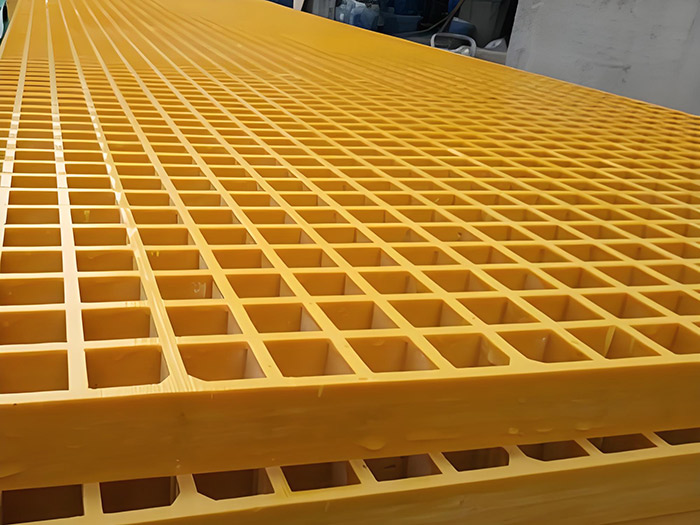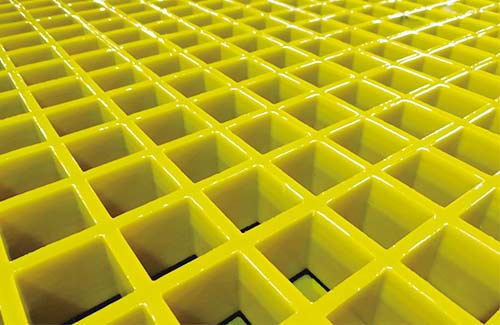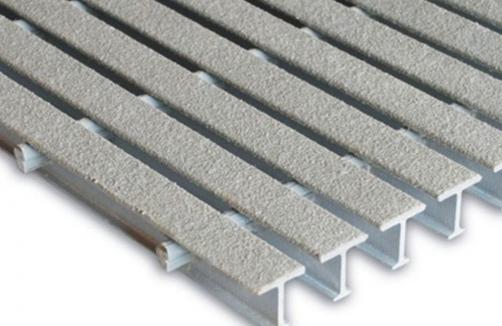Exploring the Strength and Versatility of Phenolic Composite Grating in Modern Construction
Phenolic composite grating has emerged as a revolutionary material in modern construction, offering unparalleled strength and versatility. But what makes this material stand out from traditional options? How does it enhance the efficiency and durability of various construction projects? And what are the key benefits that make it a preferred choice for architects and engineers? This article delves into these questions, providing insights into the remarkable properties and applications of phenolic composite grating.
What is Phenolic Composite Grating?

Phenolic composite grating is a high-performance material created by combining phenolic resin with a reinforcing fabric. This combination results in a grating that is both lightweight and incredibly strong. The material is known for its excellent compressive strength, making it ideal for applications where load-bearing capacity is crucial. Unlike traditional materials such as steel or concrete, phenolic composite grating does not rust or corrode, which adds to its longevity.
The Strength of Phenolic Composite Grating
One of the primary reasons phenolic composite grating is gaining popularity is its exceptional strength-to-weight ratio. This material can withstand heavy loads without bending or deforming, making it perfect for industrial flooring, walkways, and bridge decks. Additionally, its non-conductive properties make it a safe choice for electrical installations, reducing the risk of short circuits and electrical hazards.
Versatility in Applications
The versatility of phenolic composite grating is another significant advantage. It can be customized to meet specific project requirements, including different sizes, shapes, and load capacities. This flexibility allows it to be used in a wide range of applications, from pedestrian walkways to heavy-duty industrial platforms.
Environmental Resistance
Phenolic composite grating also exhibits remarkable environmental resistance. It is highly resistant to chemicals, oils, and moisture, making it suitable for use in harsh environments. This durability ensures that the material maintains its integrity over time, reducing the need for frequent maintenance and replacement.
Benefits for Modern Construction
The benefits of using phenolic composite grating in modern construction are numerous. Let’s explore some of the key advantages:
Enhanced Safety
Safety is a paramount concern in construction, and phenolic composite grating addresses this by providing a non-slip surface. This feature reduces the risk of slips and falls, making it an ideal choice for public and industrial spaces. Additionally, its fire-resistant properties enhance overall safety, as it does not contribute to the spread of fire.
Relación coste-eficacia
Despite its high performance, phenolic composite grating is a cost-effective solution in the long run. Its durability reduces maintenance costs, and its lightweight nature lowers transportation and installation expenses. This makes it a financially viable option for various construction projects.
Sostenibilidad
Sustainability is a key focus in modern construction, and phenolic composite grating aligns with this goal. The material is made from recycled materials, reducing environmental impact. Moreover, its long lifespan minimizes waste, making it an eco-friendly choice.
Aplicaciones reales
To understand the practical benefits of phenolic composite grating, let’s look at some real-world applications:
Industrial Floors
Phenolic composite grating is widely used in industrial settings for flooring and walkways. Its ability to withstand heavy loads and harsh chemicals makes it an ideal choice for factories, warehouses, and manufacturing plants. Companies that have adopted this material have reported improved safety and efficiency in their operations.
Bridge Decks
Bridge decks require a material that can withstand extreme environmental conditions and heavy traffic. Phenolic composite grating meets these requirements by providing a durable and non-slip surface. Its use in bridge construction has led to longer-lasting structures with reduced maintenance needs.
Marine Applications
The marine industry also benefits from the use of phenolic composite grating. Its resistance to saltwater and moisture makes it suitable for use in docks, piers, and marine facilities. This durability ensures that these structures remain intact even in harsh coastal environments.
Sharing Insights
When it comes to choosing the right material for construction projects, phenolic composite grating stands out for its combination of strength, versatility, and sustainability. As more professionals in the industry discover its benefits, its adoption is likely to increase. Sharing insights and success stories about phenolic composite grating can help more architects, engineers, and contractors make informed decisions that enhance the safety and efficiency of their projects.
Conclusión
Phenolic composite grating is a game-changer in modern construction, offering a high-performance solution that meets the demands of today’s demanding projects. Its strength, versatility, and environmental resistance make it an ideal choice for a wide range of applications. By understanding its benefits and real-world uses, construction professionals can leverage this innovative material to create safer, more durable, and sustainable structures.







